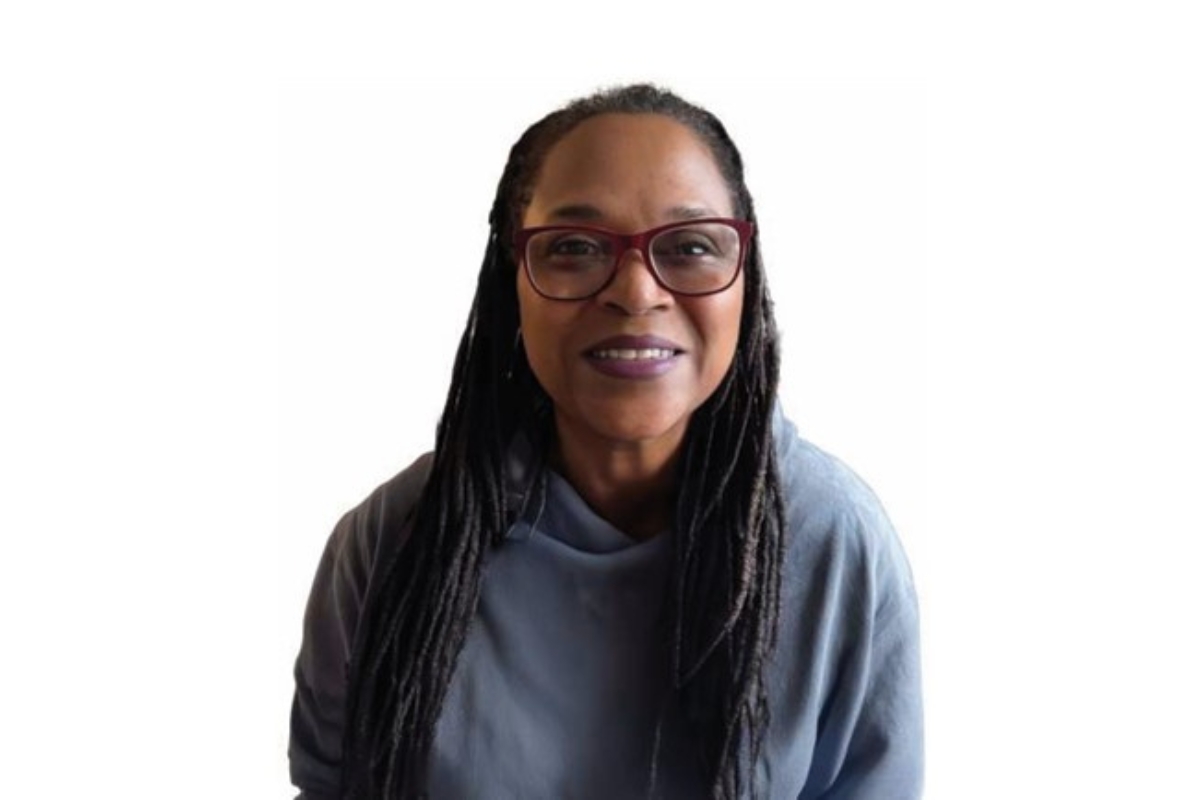An “Only” is a person who is the only representative of a certain minority group in a workplace. This could refer to anyone who is the only one of their gender identity, race, ethnicity, orientation, ability, age or any other defining factor that clearly sets them apart from their peers and puts them at a considerable disadvantage in their place of work. Those who are most likely to become an Only are women, people of colour, people from the LGBTQ+ community, and those who are disabled.
The Facts of Being an Only
Lack of diversity within a company will hurt it tremendously, as it has been proven that when those with diverse ideas are absent, it limits revenue and business opportunities. However, Only’s are much more likely to leave their profession than those who are better represented within the company.
They often work twice as hard as their peers, only to be shut out and overlooked. Being an Only is incredibly isolating, and they often face biases and tokenism, finding themselves unfairly burdened with representing their entire minority group and being more harshly judged for their mistakes.
Only’s are also far more likely to report:
- Feeling scrutinized and monitored more closely than their peers,
- having to prove their abilities, certifications and competencies, before anyone will take them seriously,
- being excluded from discussions, meetings and plans, and,
- being mistaken for someone in a more junior role.
The Responsibility of Everyone
Awareness of Bias
Challenge biased behaviours and language when you see it. This means everyone makes a point to educate themselves on how discrimination presents itself and how to become part of the solution. Privileged employees need to act as allies to spread word of the accomplishments of Only’s and to speak up against injustices.
Communication
Only’s are often excluded from communication channels and discussions. This means not receiving invites to meetings, not receiving updates or notices from management or peers, being excluded from chats or online conversations that pertain to a project they’re working on with others, and not being given the same opportunities for discussions with those in upper levels. If anyone notices that someone has not been included in a discussion or meeting that they should be in, this needs to be brought to the attention of the group and fixed immediately.
The Responsibility of Management
Responsibilities and Structure
Roles need to be clearly defined so Only’s are given equal opportunity to work in positions that will advance their careers and stop peers in the majority from taking advantage of Only’s.
It is crucial that management ensures that all roles have clear titles and responsibilities. This includes the job that someone was hired for, as well as roles that members of teams may take on while working on specific projects. There also needs to be a clear reporting structure with a defined supervisor to give direction and support.
Support and Mentoring
Often the majority receive unequal amounts of mentorship and support from their superiors, while minorities and Only’s only receive technical support in regard to how to use equipment and software that is required to perform their job. Management needs to be aware of how much time they are investing in each of their employees and ensure that it is equal for everyone.
Reviews and Feedback
Performance reviews should all follow the same measurable criteria and should reflect the goals of the company rather than the perceived potential of the employee. The advancements and achievements of all employees need to be prioritized equally and celebrated equally.
The Responsibility of Senior Leadership
Reporting
Leadership needs to enforce that management is keeping track of how often employees are meeting with management for the purpose of mentoring, feedback, answering questions and professional development. This can help prevent favouritism and lack of diversity in higher positions. It is also advised that employees track these meetings, to ensure that management is held accountable.
There also needs to be records of task distribution. This will help ensure that everyone is given equal opportunity to work on projects that will help advance their career, rather than Only’s always being delegated to menial tasks and background work.
Lauren Schwartz | Staff Writer



















